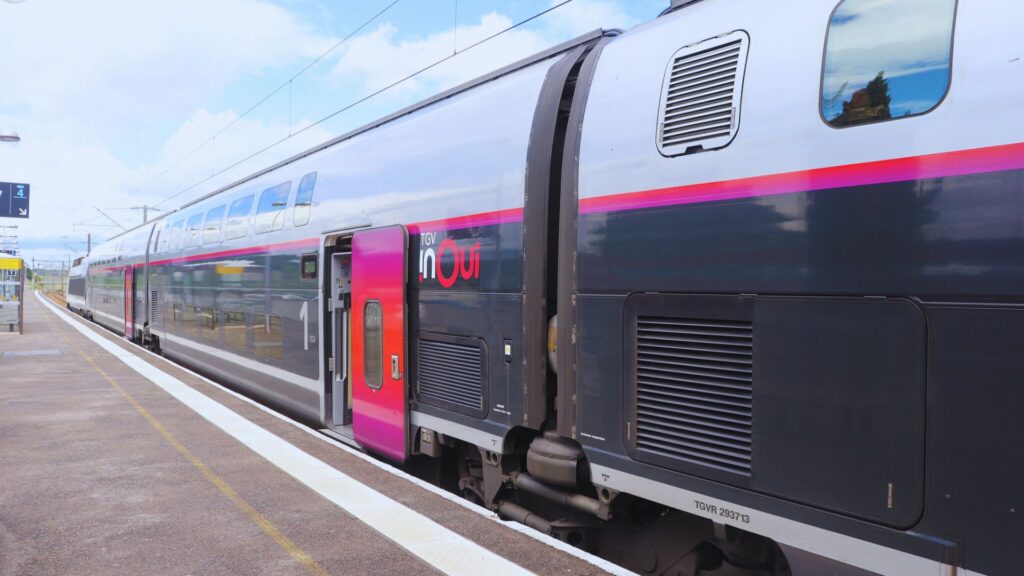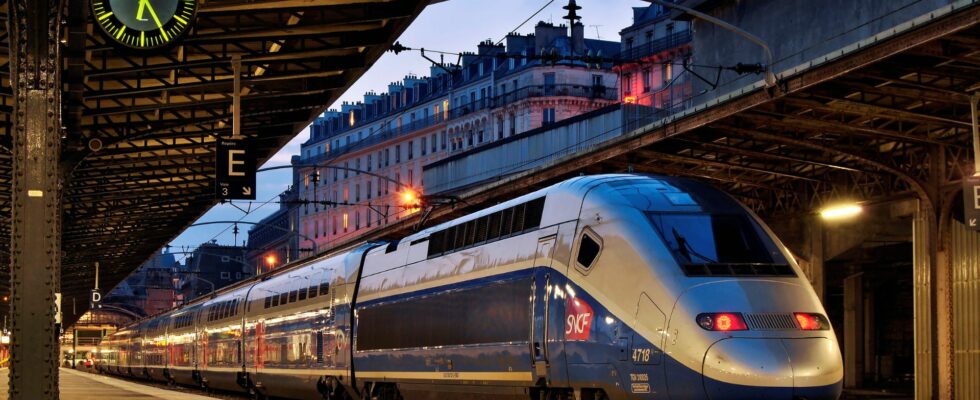Many trains running on the weekend of February 17, 2024 are canceled due to a strike by SNCF controllers. But, why are some trains not canceled? Here is the explanation.
Taking the train to go on vacation the weekend of February 17 and 18, 2024 promises to be sporty. A strike seriously disrupts SNCF train traffic. 3 out of 4 controllers are already on strike this Friday, February 16. TGV journeys should be very affected by this social movement. Before arriving at the station, it is recommended to check whether your train is maintained or canceled due to the SNCF strike.
Travelers can sometimes be surprised to discover that their train is canceled, while other trains are running as planned on the platform opposite. Philippe Peray, team manager of train drivers at SNCF, gave some explanations for this astonishing situation, in a thread published on February 15 on X. It is currently the controllers who are on strike at the SNCF. Now, we don’t necessarily know it, but their job does not only consist of checking that passengers on a train have a valid ticket. “ This is the heart of the problem: they have security missions on board “, indicates Philippe Peray.
The controller is the door guard in a TGV
What does this security role of controllers consist of? They are, for example, responsible for the closing of the train doors (naturally, a train cannot run with its doors open, the risk of passengers falling would be too dangerous). “ To close these doors, you need systems. These systems are controlled either by the driver or by the ASCT [ndlr : agent du service commercial trains, c’est-à-dire le contrôleur]. Indeed, if on a TER, we can put screens in the cabin and have the driver do that, on a TGV or long-distance train, we would need far too many screens. »
It is therefore the controller who manages these systems in a TGV, because this type of train has a lot of doors. “ It seems simple, but now everything is a matter of training and authorizations, so no, we will not take an average agent […] to do this “, says Philippe Peray.

No controller, no emergency stop
Controllers have another safety issue when they work on a train. “ Safety requires being able to stop emergency trains in the event of a serious anomaly: ours, but also those we encounter if necessary. For that, systems still “, adds Philippe Peray. Radio is used, but it is not present everywhere on the railway network in France. “ Some trains run on lines without a radio and are required to have an agent capable of replacing it by going to meet the expected train (the one arriving in front) to stop it, on foot. And this agent will be in addition to the driver: it will be the ASCT. » Again, only the controller is authorized to manage the situation, because he is trained.
These examples clearly show the complexity of the problem and the impacts of a strike by controllers on traffic. “ Depending on the type of train, an ASCT may or may not be required. But it will also depend on the type of route “, summarizes Philippe Peray at the end of his thread. This is why your train may have been canceled due to the strike, while your colleague’s train is running as planned.
Subscribe to Numerama on Google News so you don’t miss any news!
